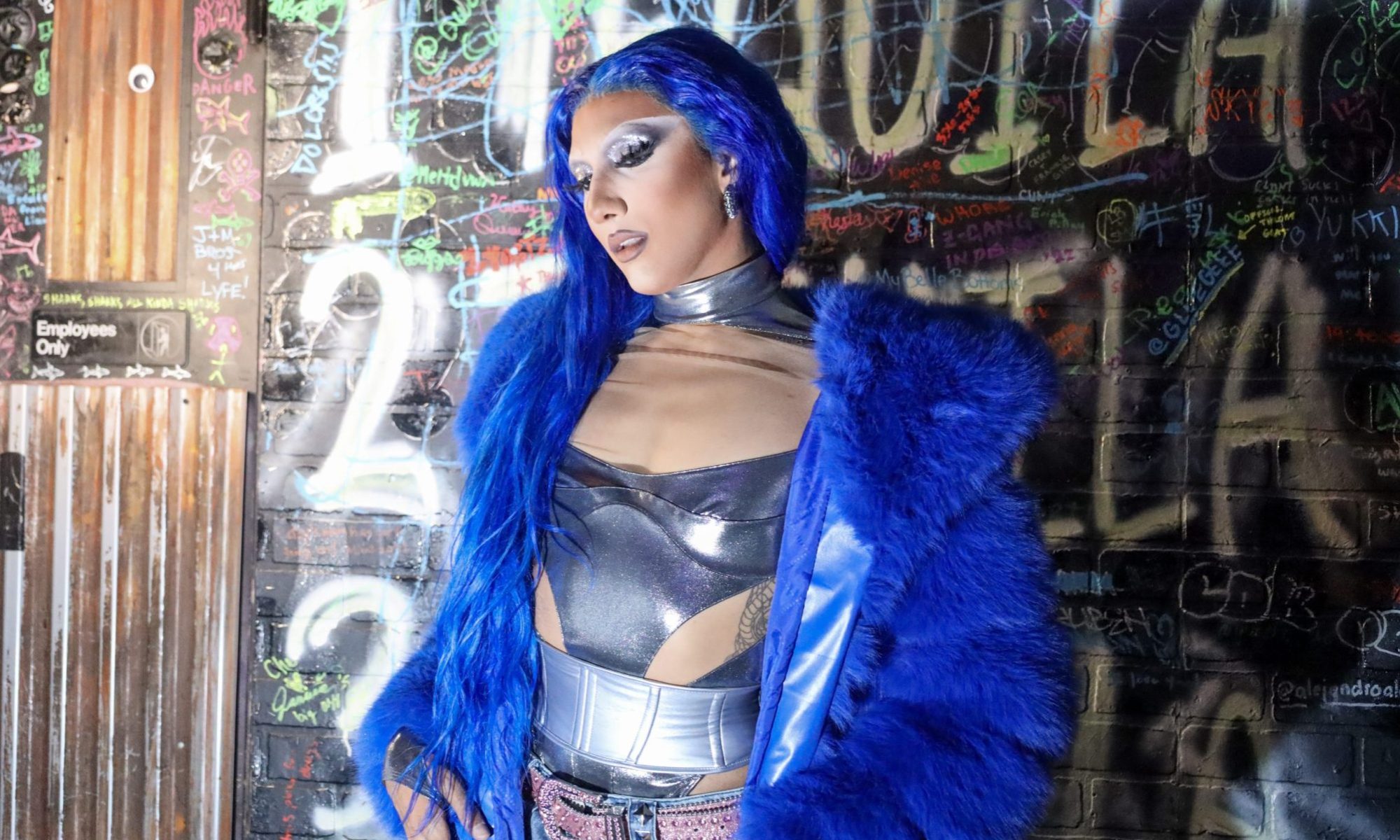Living in ‘Rae’lity
Los Angeles drag queen explores her gender identity despite challenges
Oblivion’s Beginnings
Flipping her waist-length blue hair, revealing her intense cat eye to the audience, the clacking of Rae Oblivion’s knee-high stiletto boots could be heard from the back of the Bovard Auditorium at USC. With flashes of blue strobe lights, Kim Petras’ “Claws,” sounded, immediately inciting “woos” and “slays” from the crowd.
Drag queen and director/performer in USC’s Queer and Ally Student Assembly’s (quasa), 14th annual drag show in February, Saneel Sharma, known by her stage name of Rae Oblivion, continues to explore her queer identity within the artistry. Performing in West Hollywood or downtown events almost every week, she prides herself on her alternative, glam-pop drag image and mentorship skills.
Inspired in her early teens by drag-posters on her high school art teacher’s wall, her teacher provided her with makeup and a safe space to begin exploring the artistry. Here, alongside paintbrushes and pottery wheels, her love for image creation and makeup began.
Despite her current activity in the community, navigating her queerness early on was confusing, according to Oblivion, as she grew up in a conservative city in northern California with reluctant parents.
“Queerness is that one thing that drew the line that they [her parents] weren’t accepting of,” said Oblivion. “That made me feel like I needed to protect myself at all costs and sort of put myself in a little box just to survive.”
Often feeling “sheltered” and “like an outlier,” Oblivion found her community online. Scouring for drag information in Reddit forums and watching hours of YouTube makeup tutorials, she found people like her for the first time. The ability to express herself freely and unrequitedly online became her escape, as she described it, from mocking-and-bullying at school.
About 75% of LGBTQ+ youth between the ages of 13-24 across the United States reported experiencing discrimination based on their sexual orientation or gender, according to a 2022 survey by The Trevor Project. For many people, finding community is extremely important to achieve a sense of belonging and is one of the leading suicide prevention measures among the group’s youth. For Oblivion, this community was drag.
Dr. John Blosnich, an expert on sexual orientation/gender-identity and a USC assistant professor, says a sense of connectedness is a necessity among the group, especially youth, to avoid feelings of isolation when many young people don’t have the vocabulary to express their queerness yet.
“Increasing the opportunities for people to find kindred spirits, to find ways to discuss with other individuals who have gone through or going through similar kinds of experiences, is absolutely fundamental to something very simple, which is not feeling like you’re the only person, not feeling alone, not feeling like an outcast,” said Blosnich.
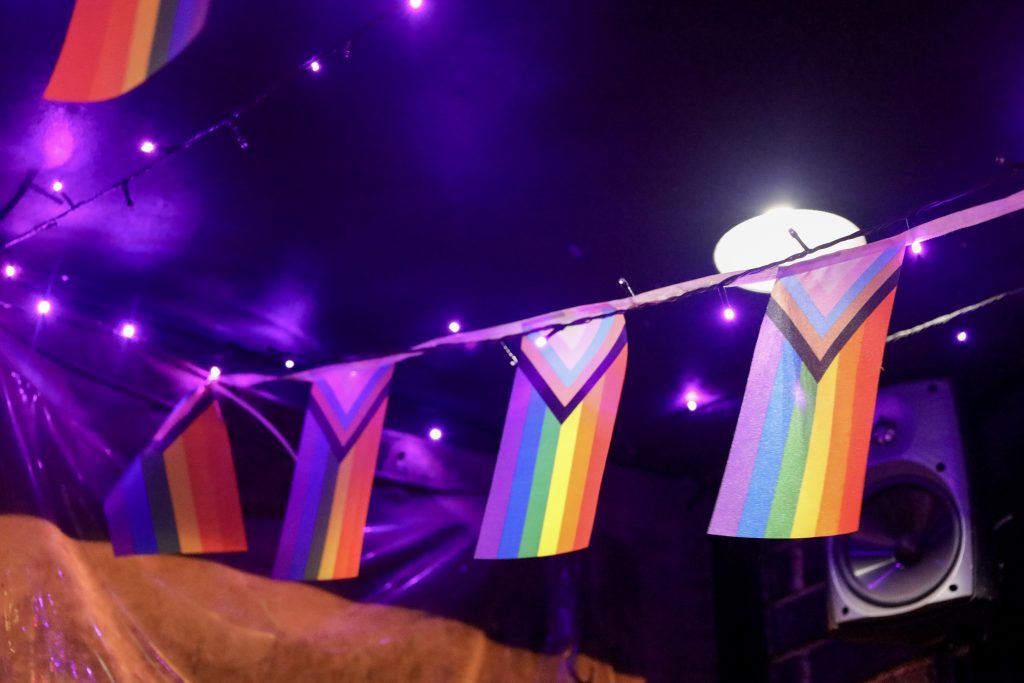
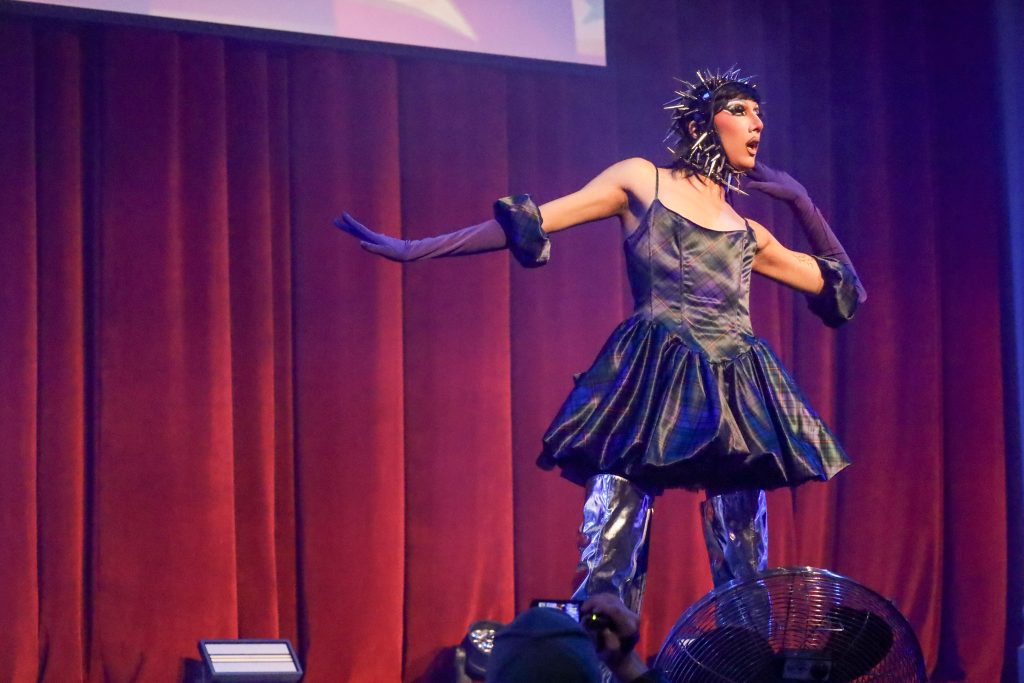
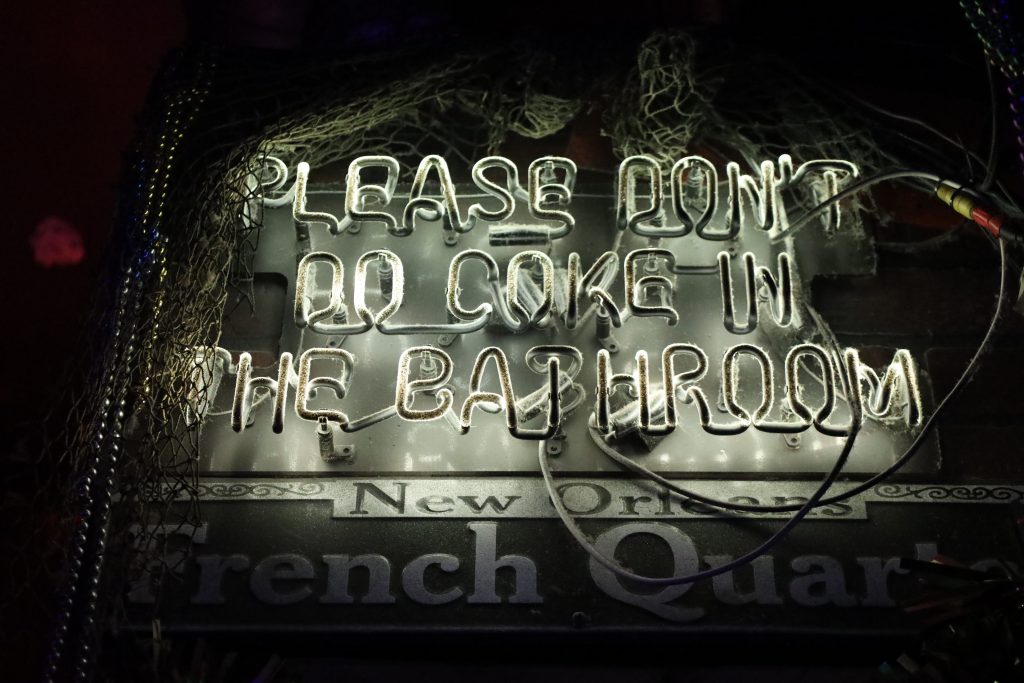
New Era
Inspired by what this community provided during her self-discovery journey, Oblivion moved to Los Angeles in 2021 to pursue drag while also studying Design at the University of Southern California’s Roski.

Oblivion credits this move with catapulting her into the lively scene and inciting even more passion for her craft. While in Los Angeles, she continues to explore her identity and what it means to identify as both female and male genders simultaneously and individually.
“Finding my queer identity is a constant, like, ever-flowing journey for me,” said Oblivion. “Being in WeHo and around other drag queens made me realize there are so many aspects of my gender that I didn’t understand. Before I would see a drag queen and think it’s a gay man in a wig, but there are so many parts about gender that I really like to play around with and make it my own.”
*Photo from Rae Oblivion
Gender fluidity is defined as changes over time in a person’s gender expression or gender identity, or both, according to an article by Harvard Medical School. Gender exploration is most common among adolescents and teens.
“Gender is most assuredly, I think, a social construction,” said Blosnich. “So it can be fluid for individuals depending on what’s happening to a person on that day. Our identities are, to some extent, always shifting across our lifespan.”
Oblivion’s drag sister, drag queens who have formed a strong, familial bond often through performing together and/or shared experiences, Peach Bliss, explains her gender fluidity as an extension of herself. This allows her to embrace both her masculine and feminine sides
*Photo from Rae Oblivion

“When I’m out of drag, I like to just fully embrace my masculine self and grow out my facial hair because, for me, I feel really myself in that moment,” said Bliss. “In my drag form, I like to become super feminine and let out this feline energy.”
Bliss also noted there is a gray area where she, and many other members of the community, find themselves embracing both sides in synchronous. Bliss noted she might paint her nails or wear a dress/skirt while presenting masculine to merge her fluidity depending on how she wants to represent herself on that specific day.
USC Drag Show
Since becoming a student at USC, Oblivion has participated in the annual drag show every year. This February she both co-directed and performed in the show. Although these roles were extremely rewarding, said Oblivion, her most treasured moments were in an unnamed position – a mentor.
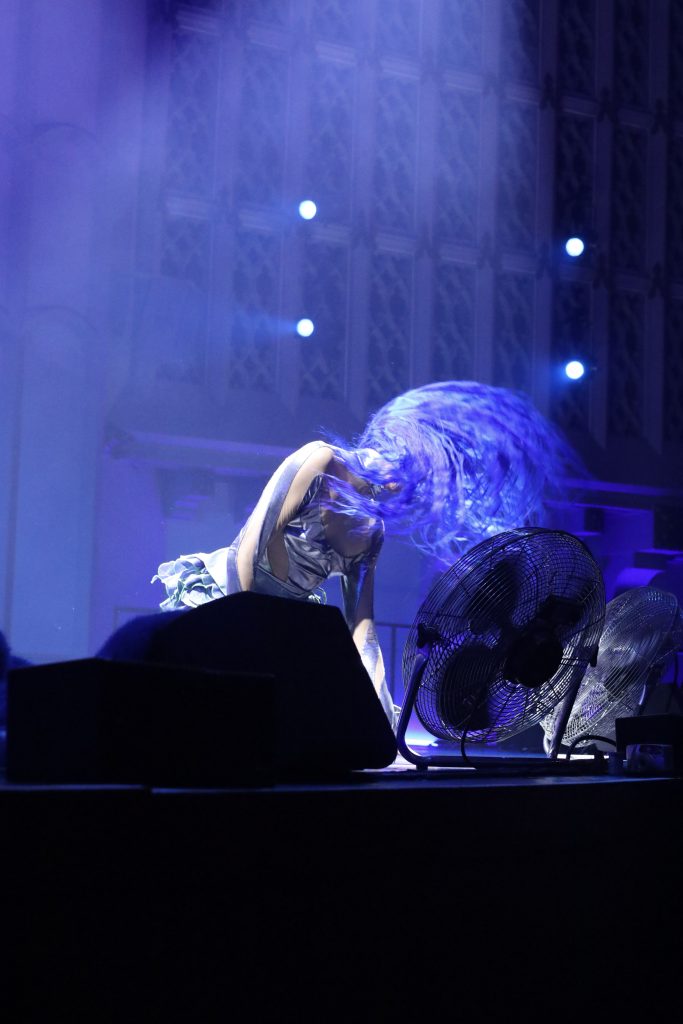

“I feel like I’ve established myself in my own understanding of drag so I’m able to mentor it,” said Oblivion. “Being that drag mentor allows me to not only be someone who they seek help for but influence people to do drag even more as a form of exploration and really elevate alternative and conceptual drag.”
Without the help of her art teacher, drag would not have been possible, said Oblivion. Submerging herself into this community is where she found her calling and the career she plans to continue to strive for after graduation. Guiding new queens and kings, not only in their choreography and stage presence, but also in their personal queer journeys, according to Oblivion, makes the challenges of directing such a large-scale event worth it.
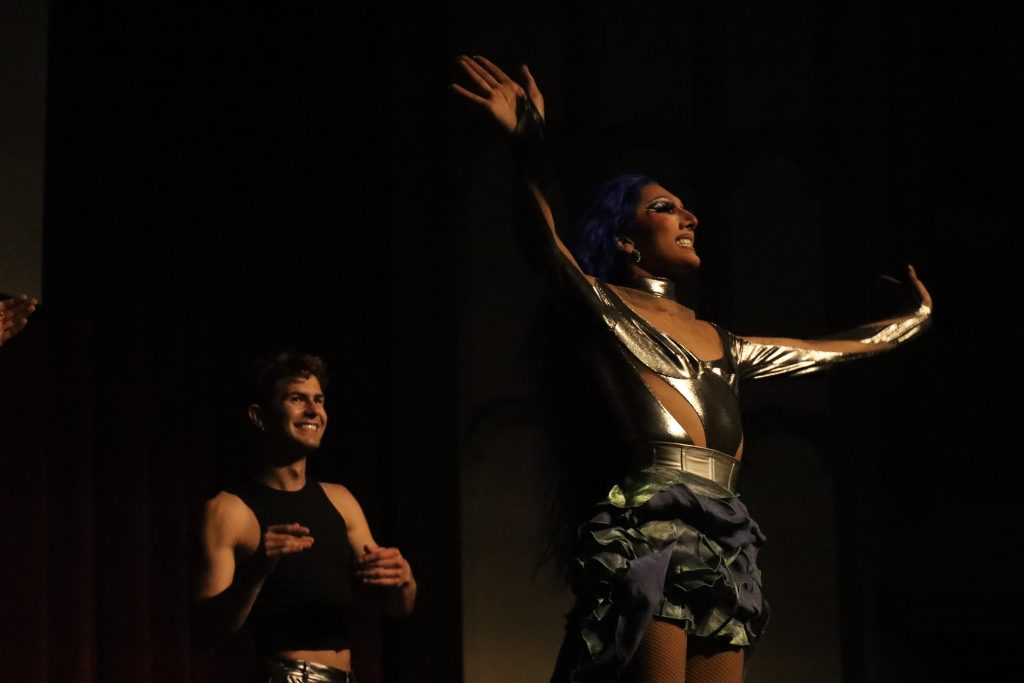
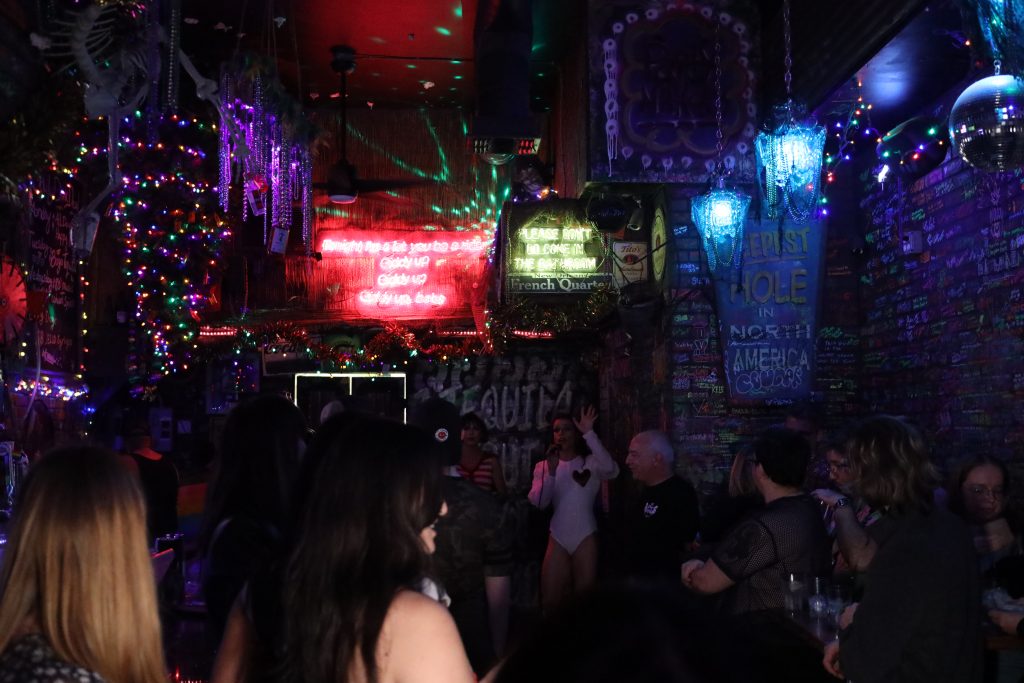

Backup dancer, Anthony Slade, worked alongside Oblivion for her performance, beginning in the summer of 2023. After months of reworking their dance routine and witnessing Oblivion arrive at the on-campus gym in full drag for practice, Slade said he was inspired by her commitment to the artistry and the solidarity between the queens and kings during pre-production.
“It can be really scary to invest your time into something that’s solely for your own pleasure and something that you want to do not knowing if anything will come out of it,” said Slade. “There’s so much possibility in drag like there’s humor, there’s a lot of passion, there’s artistry, there’s something for everyone.”
The spring 2024 drag show sold out tickets at Bovard Auditorium with over 1,000 attendees. Oblivion plans to continue directing and mentoring the event during her final semesters of university this upcoming school year.
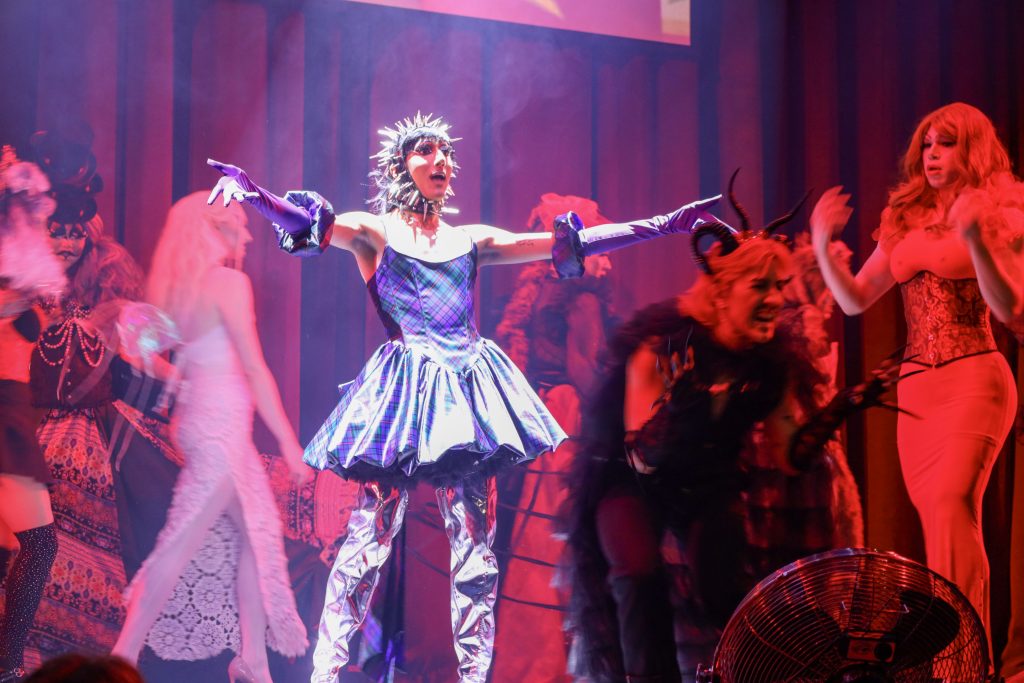
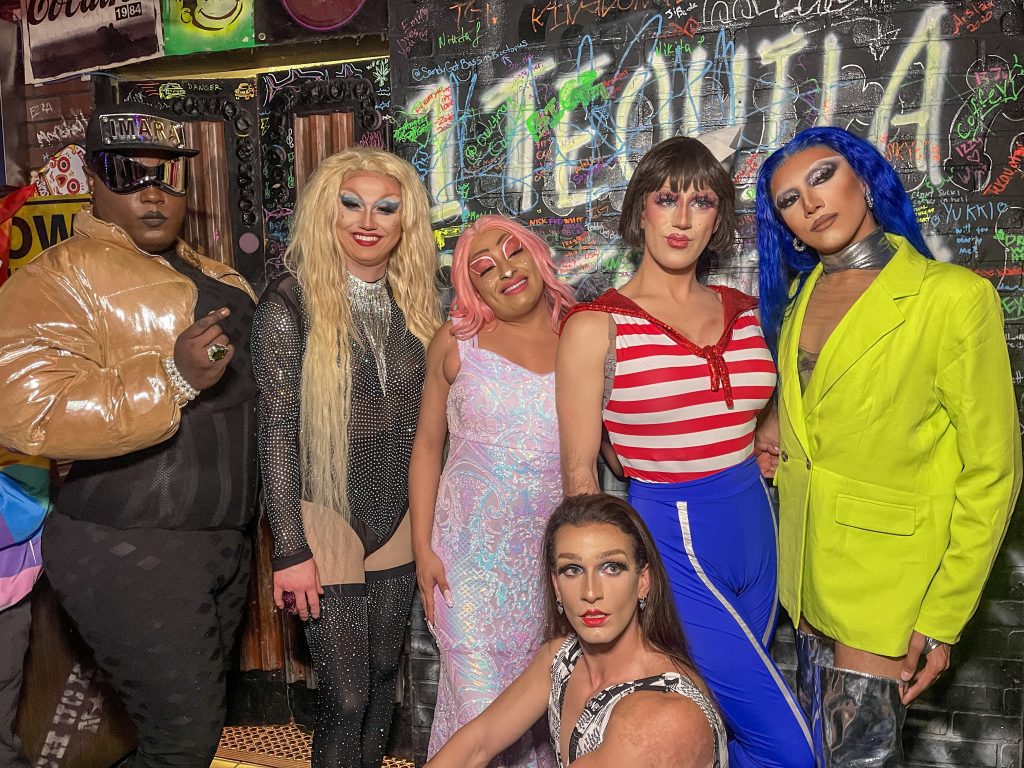
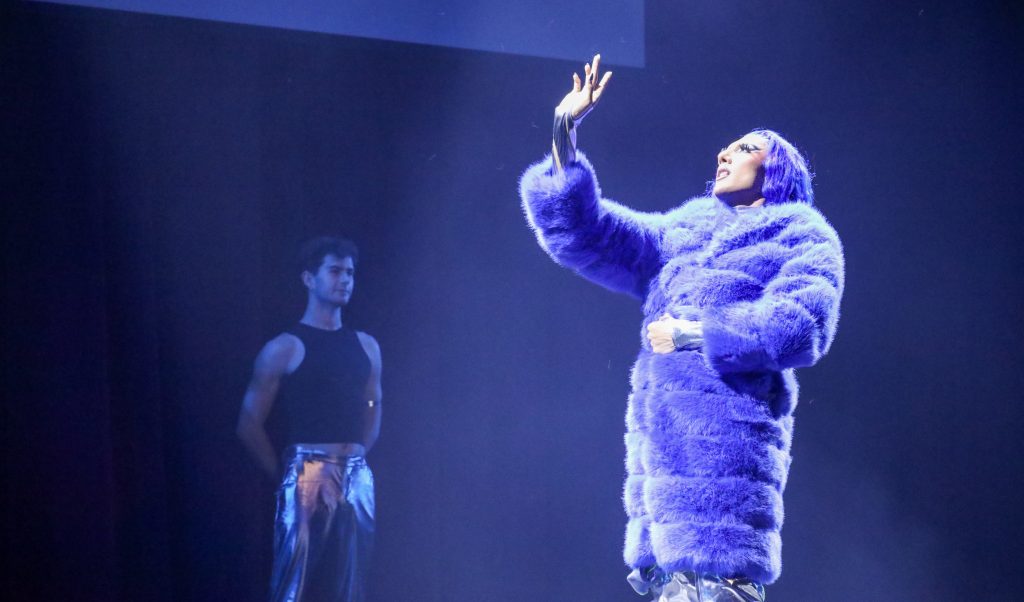
Looking Forward
Although Oblivion is happy to have achieved a sense of belonging within this community, she said it is extremely difficult to balance school, social life, and work. On average, achieving her full glam look takes about four hours. Adding that to the actual performance, travel time, and the preparation of choreographing and practicing her dances, drag is a full-time responsibility.
Despite performing several times a week, the pay for drag queens is slim. An average performance, according to Oblivion, ranges from $50 to $250 in Los Angeles. This includes several performances within the event that can range over five-hours of work, not including preparation. Investing thousands into costumes, hair, and makeup, Oblivion said there is a large monetary disconnect in pay.
“It’s common and we’re all complaining about it, but we’re not really doing anything to change it,” said Oblivion. “In the future, I would like for all of us as performers to kind of express that and advocate for ourselves.”
Similar to Oblivion’s experience, Bliss has found the pay in Los Angeles to be subpar in comparison to the time, effort, and money she spends.
“There’s this demand of opulence in drag because of the mainstream, and everyone’s trying to keep up and get by,” said Bliss. “When I was living on my own last year, and I was starting drag, I was just barely getting by.”
Both Oblivion and Bliss though said their challenges are worth persevering to continue performing. Describing their moments on stage as euphoric, the vibrant community within the artistry keeps them inspired.
Oblivion now achieves the looks of the queens she once fawned over in her art teacher’s classroom. Rae Oblivion continues to perform in drag across Los Angeles while exploring gender within her community, creating her own ‘Rae’lity.
*All photos and videos taken by Megan Duncan unless otherwise states within the text.
